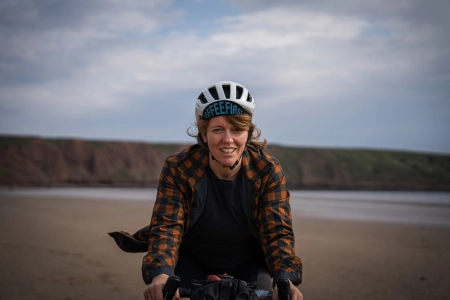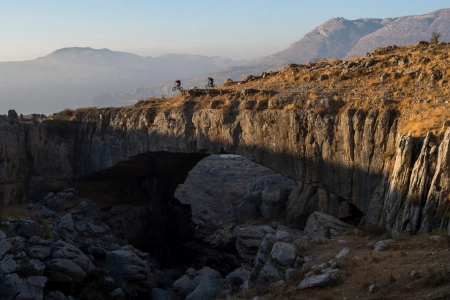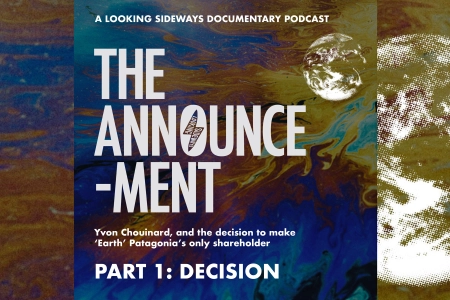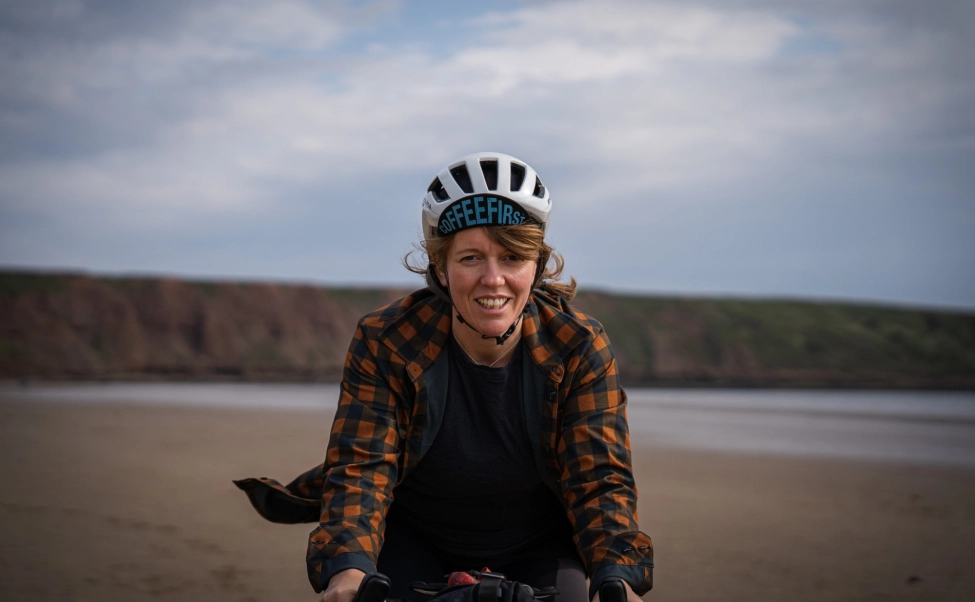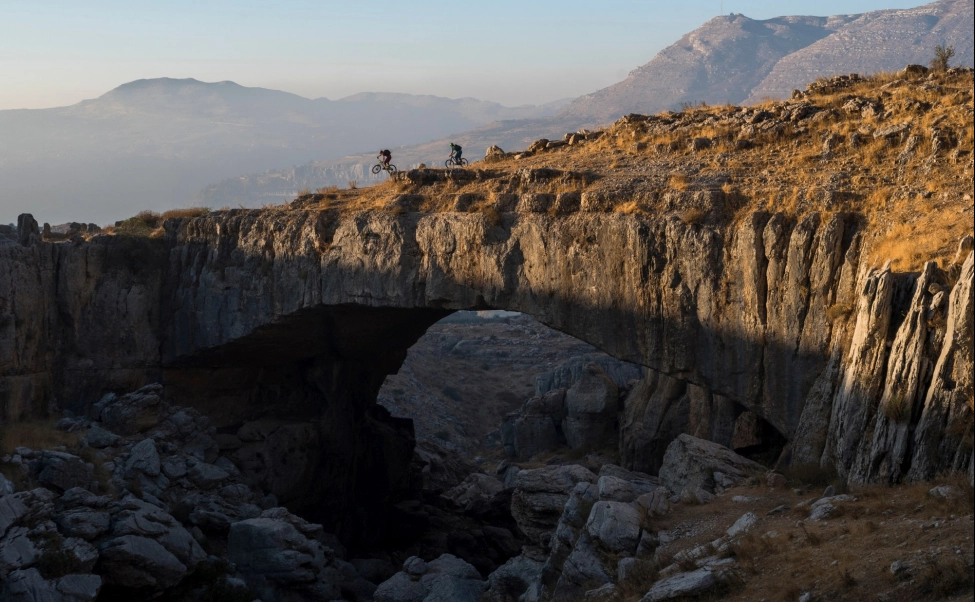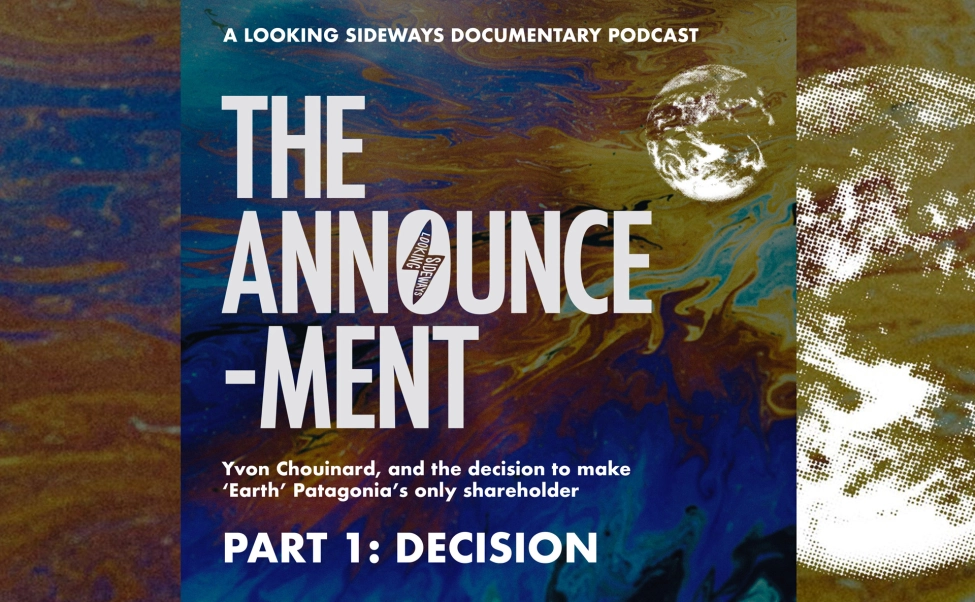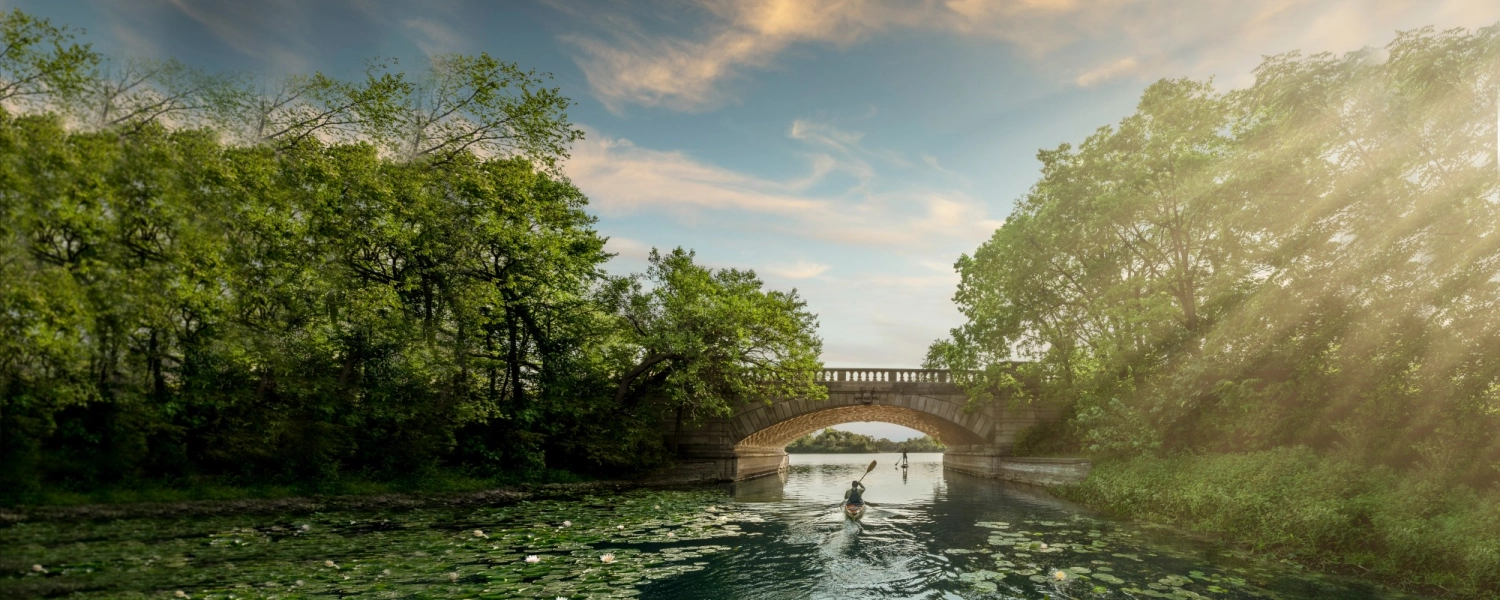- Details
- Written by: Active Traveller Staff
There was a moment of disconnect as I skimmed the work email, coming abruptly to the last sentence: “You must leave Ukraine in three days and confirm your location. This is not optional.” It was Friday 11 February 2022. As I drove out of Kyiv that Sunday under the strata of a damp amaranth sunset I felt an invisible hand heavy over the city. I drove west through the night, passing the battlements of Kamyanets Podilskyi castle before dawn, and by sunrise proper had reached a friend’s empty chalet, deep in the Carpathian mountains. That afternoon, I paused before stepping into the liminal space of Lviv airport, noticing a line of tour busses queuing for the Ukrainian ski resort of Bukovel.
For more than two years since the start of Russia’s full-scale invasion on 24 February 2022, Ukraine has been synonymous with a brutal conflict, and horrific images of destruction unmatched in Europe since the Second World War. Yet just before the invasion and subsequent closure of the country’s airports, Ukraine’s tourism industry had been booming—the country was one of Europe’s burgeoning hotspots.

It’s easy to see why visitors flocked to Ukraine from across Europe, Asia, and the Middle East. The hilltop capital, Kyiv is one of the largest and oldest cities in Europe, with 1500 years of history to explore, as well as more modern attractions—like wakeboarding or SUP sessions on the Dnipro River. There are snowy Christmas markets in the Podil district, first-rate restaurants and cocktail bars, and factory-set, underground clubs evocative of reunification Berlin.
Before the war, I would regularly travel south to the sultry Black Sea coast, and the city of Odesa, with its fading, fin-de-siècle architecture along Prymorskyi Boulevard, and its promenades freshly revamped for cycling and scootering. Western towns like Lviv, Uzhhorod and Ivano-Frankivsk used to be served by all the large budget airlines, giving affordable access to Habsburg coffee houses, cobbled lanes, and skiing, snowboarding and hiking in the Ukrainian part of the Carpathian mountains, clad in some of Europe’s most ancient beech forest.
All these places pulsed with the energy of a young country, confident in its choice, during the revolution of 2014, to turn towards the European community, and escape Russia’s kleptocracy. That choice has been put sorely to the test during the past two years of war. Yet Ukraine has withstood these repeated hammer blows, and the resilience of its people has been an inspiration to all those, like me, who have continued to visit the country despite the ongoing war.
The calamity seen in the television news images is largely confined to the east. Meanwhile Kyiv bustles, and the hotels and pistes of the Carpathian peaks and cordilleras around Bukovel, Volovets and Pylypets provide much-needed respite for the many Ukrainians fighting for their freedom—people like their improbable president, who asked partner countries for ammo rather than a ride.
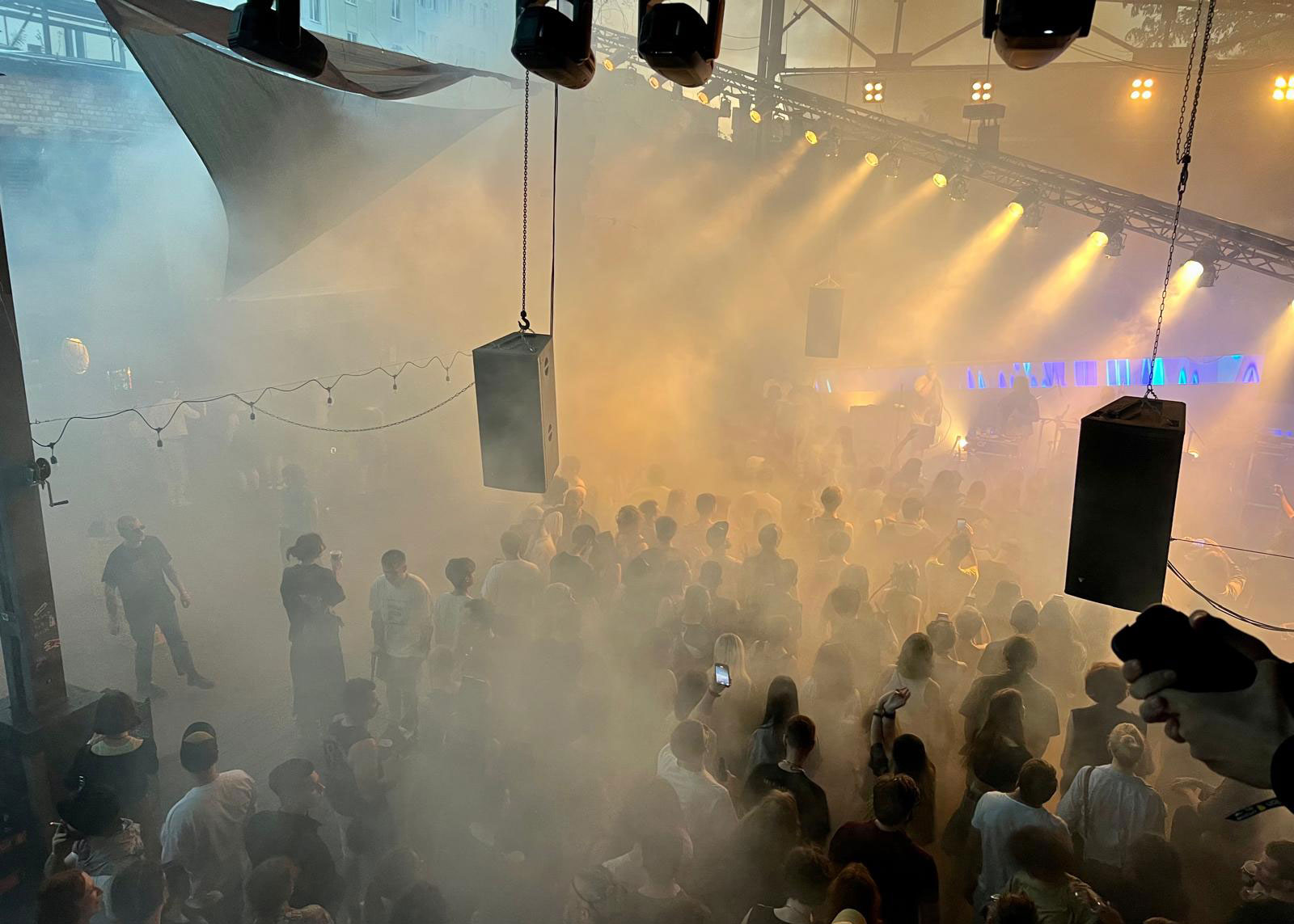
Keeping calm and carrying on was the default response not just for Ukraine’s tourism industry but also for many of its national parks. As with the war effort, international assistance has played its part. Jody Bragger and Angus Aitken, founders of UK-based Tellus Conservation, were both in Ukraine shortly after the invasion, and were able to crisis-fund a package for nine national parks to offset the drain on government funds necessitated by fighting the Russians. Their project covers equipment, infrastructure and operational costs and has allowed the dedicated Ukrainian staff to return to their vital work.
Together with the human tragedies which have dominated the news, the war has affected wildlife in countless ways — many of them unseen. Researchers found that Ukraine’s rare, greater-spotted eagles, are deviating hundreds of kilometres west from their habitual routes over the Kherson desert to avoid the din of artillery. The hope is that they, too, will return to their primary routes when the battle-haunted plains of the eastern steppe eventually fall quiet.
Reviving tourism will be vital for the country’s economic recovery. Much as Nepal and Turkey placed a premium on fostering travel following their devastating earthquakes of 2015 and 2023, the Ukrainian government knows that encouraging an influx of visitors will play a crucial part in their efforts to rebuild.

Ukraine is, in fact, accessible now—when I’ve visited, I’ve travelled by train after flying to Warsaw, Krakow or Chisnau. But most prospective or returning visitors will understandably want to wait for a more peaceful context, when travel insurance policies are available, and the country’s own airports reopen.
While much uncertainty remains for Ukraine’s battered tourist industry, one thing is clear: the country’s unique landscapes and fascinating cities will still be worth visiting. And when the time is right, when they’ve emerged from the shadow of Russia’s war, Ukraine’s brave people will welcome you with open arms.
Richard Cashman was a member of the British contingent of the Organisation for Security and Cooperation in Europe's Special Monitoring Mission to Ukraine from 2017 to 2022.



